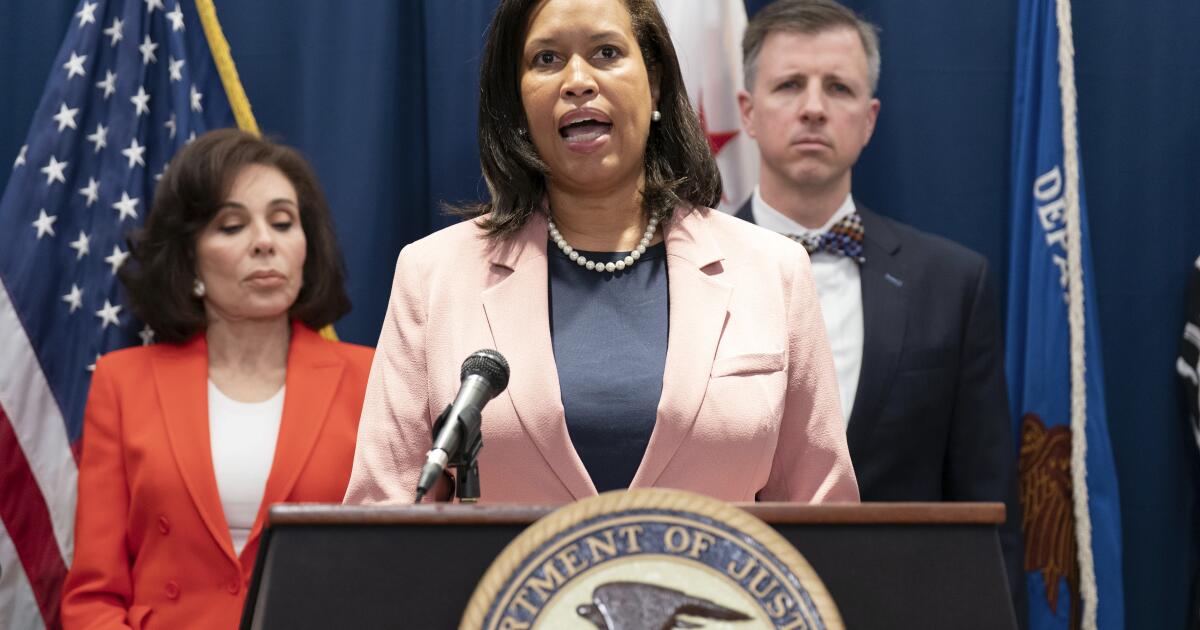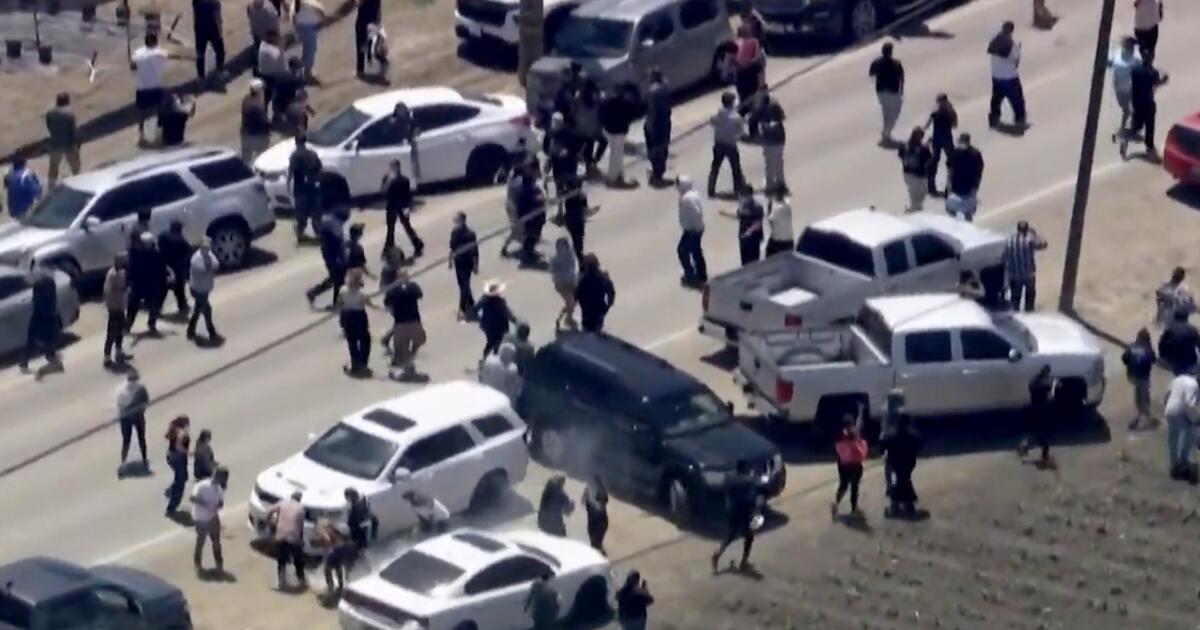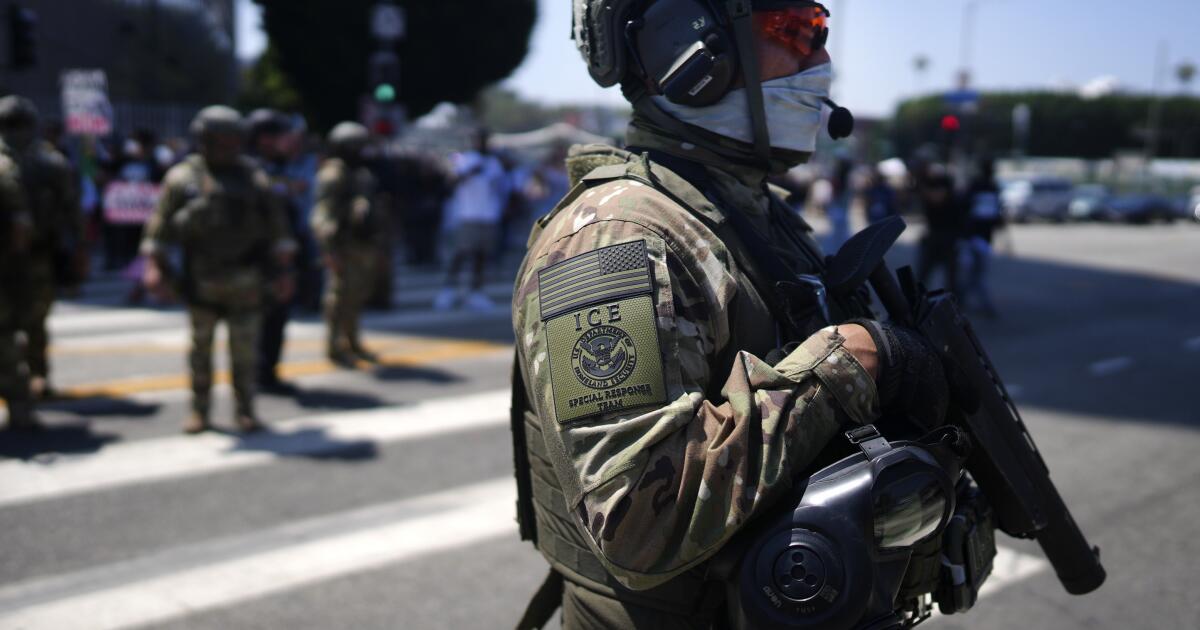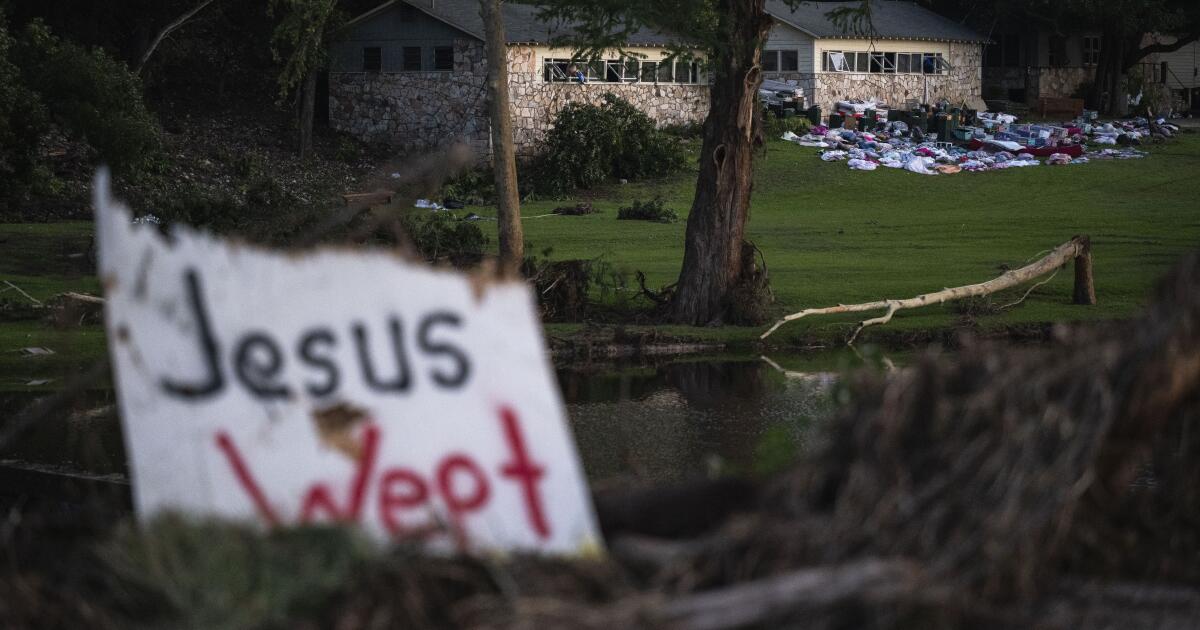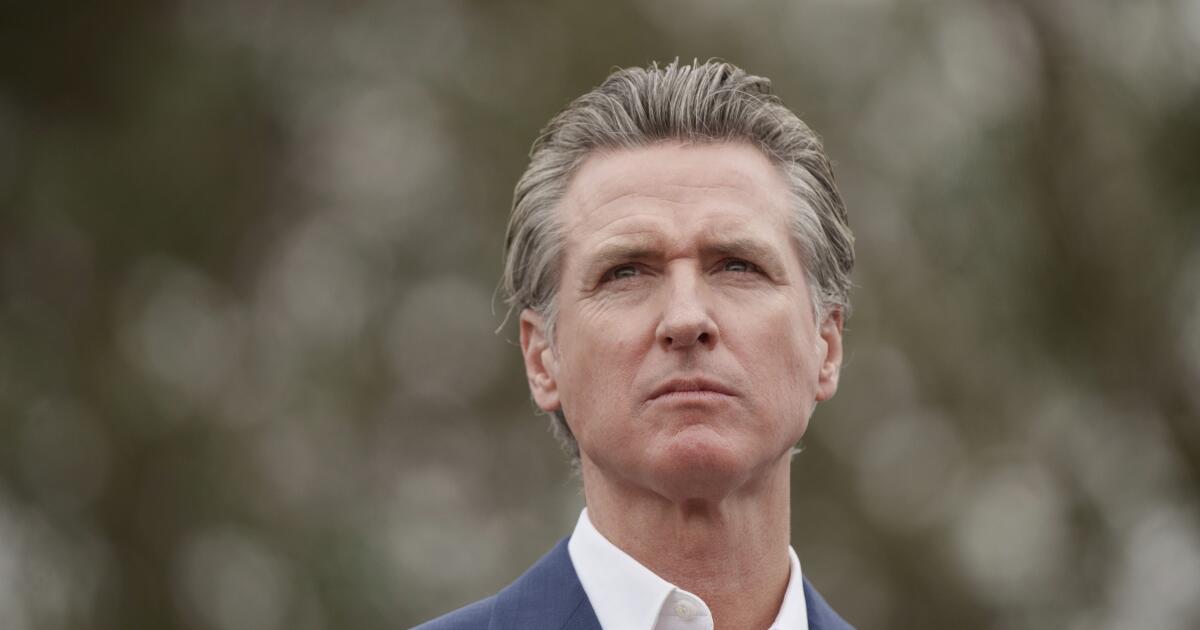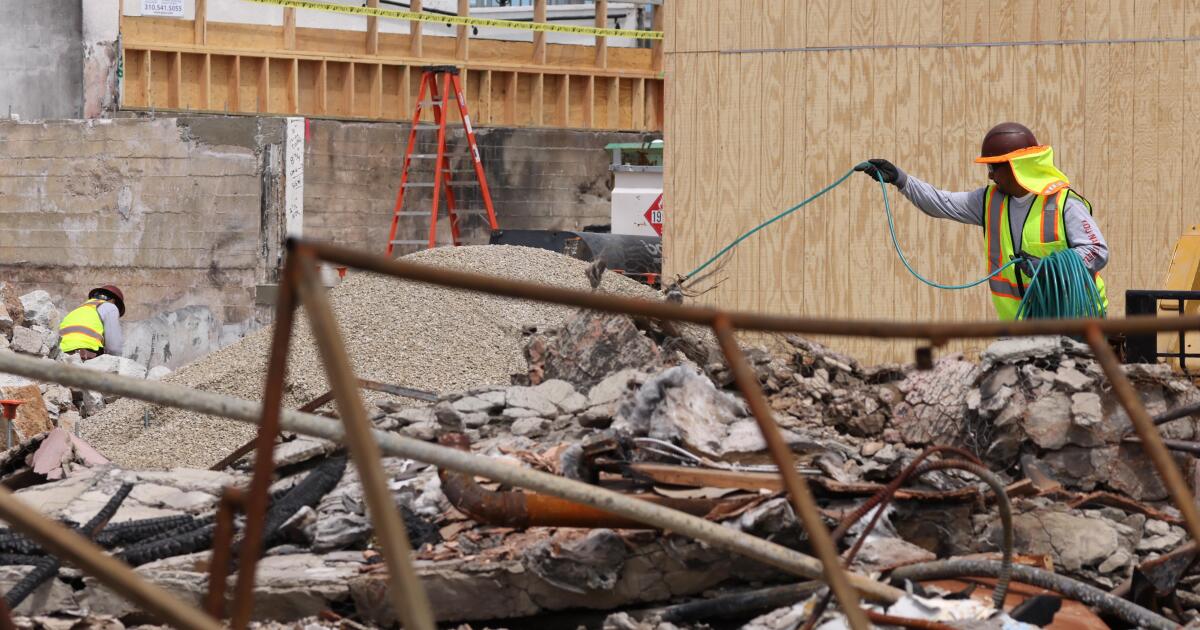D.C. awaits Trump’s next move as a federal takeover threat looms
WASHINGTON — Around 2 a.m., noisy revelers emerging from clubs and bars packed the sidewalks of U Street in Washington, many of them seeking a late-night slice or falafel. A robust but not unusual contingent of city police cruisers lingered around the edges of the crowds. At other late-night hot spots, nearly identical scenes unfolded.
What wasn’t apparent in Friday’s earliest hours: any sort of security lockdown by a multiagency flood of uniformed federal law enforcement officers. That’s what President Trump had promised Thursday, starting at midnight, in the administration’s latest move to impose its will on the nation’s capital.
In short, that law enforcement surge to take control of the District of Columbia’s streets did not appear to unfold on schedule. A two-hour city tour, starting around 1 a.m. Friday, revealed no overt or visible law enforcement presence other than members of the Metropolitan Police Department, the city’s police force.
That might change in the coming evenings as Trump puts into action his long-standing plans to “take over” a capital city he has repeatedly slammed as unsafe, filthy and badly run. According to his declaration last week, the security lockdown will run for seven days, “with the option to extend as needed.” In an online post Saturday, the Republican president said the Democratic-led city would soon be one of the country’s safest and he announced a White House news conference for Monday, though he offered no details.
On Friday night, a White House official said Thursday night’s operations included arrests for possession of two stolen firearms, suspected fentanyl and marijuana. The official was not authorized to speak publicly and spoke on condition of anonymity. The official said more than 120 members of various federal agencies — the Secret Service, the FBI and the U.S. Marshals Service — were to be on duty Friday night, upping the complement of federal officers involved.
“This is the first step in stopping the violent crime that has been plaguing the streets of Washington, D.C.,” White House Press Secretary Karoline Leavitt said in a statement.
Mayor Muriel Bowser, who publicly faced off against Trump in 2020 when he called in a massive federal law enforcement response to disperse crowds of protesters denouncing police brutality and racial profiling, has not said a public word since Trump’s declaration. The Metropolitan Police Department has gone similarly silent.
A crackdown came after an assault
The catalyst for this latest round of takeover drama was an assault Aug. 3 during an attempted carjacking on a high-profile member of the White House’s government-slashing team known as the Department of Government Efficiency, formerly headed by Elon Musk.
Police arrested two 15-year-olds and were seeking others. Trump quickly renewed his calls for the federal government to seize control.
“If D.C. doesn’t get its act together, and quickly, we will have no choice but to take Federal control of the City, and run this City how it should be run, and put criminals on notice that they’re not going to get away with it anymore,” Trump wrote in a post on his social media site.
He later told reporters he was considering a range of alternatives, including repealing Washington’s limited “home rule” autonomy and “bringing in the National Guard, maybe very quickly,” as he did in Los Angeles in response to protests over his administration’s immigration crackdown.
The threats come at a time when Bowser’s government can tout a reduction in the number of homicides and carjackings, both of which surged in 2023. The number of carjackings overall dropped significantly in 2024, from 957 to just under 500, and is on track to decline again this year, with fewer than 200 recorded so far.
The proportion of juveniles arrested on suspicion of carjacking, though, has remained above 50%, and Bowser’s government has taken steps to rein in a recent phenomenon of rowdy teenagers causing disarray and disturbances in public spaces.
Emergency legislation passed by the D.C. Council this summer imposed tighter youth curfew restrictions and empowered Police Chief Pamela Smith to declare temporary juvenile curfew zones for four days at a time. In those areas, a gathering of nine or more people younger than 18 is unlawful after 8 p.m.
Within presidential authority
Trump is within his powers in deploying federal law enforcement assets on D.C. streets. He could deploy the National Guard, although that is not one of the dozen participating agencies listed in his declaration. The first Trump administration called in the National Guard during Black Lives Matter protests in 2020 and again on Jan. 6, 2021, when his supporters overran the Capitol in a failed attempt to overturn his election defeat.
Further steps, including taking over the Police Department, would require a declaration of emergency. Legal experts believe that would most likely be challenged in court. Such an approach would fit the general pattern of Trump’s second term in office, when he has declared states of emergency on issues ranging from border protection to economic tariffs. In many cases, he moved forward while the courts sorted it out.
Imposing a full federal takeover of Washington would require a congressional repeal of the Home Rule Act of 1973. It’s a step that Trump said his administration’s lawyers are examining.
That law was specific to Washington, not other communities in the United States that have their own home rule powers but generally retain representation in their state legislatures, said Monica Hopkins, executive director of the American Civil Liberties Union of the District of Columbia.
Signed into law by President Nixon, the measure allowed D.C. residents to elect their own mayor, council and local commissioners. The district had been previously run by federally appointed commissioners and members of Congress, some of whom balked at having to deal with potholes and other details of running a city of 700,000 residents.
So far, Trump’s criticisms of Washington can be felt most directly in the actions of the National Park Service, which controls large pieces of land throughout the capital. In Trump’s current administration, the agency has stepped up its clearing of homeless encampments on Park Service land and recently carried out a series of arrests of people smoking marijuana in public parks.
The agency said last week that a statue of a Confederate military leader that was toppled by protesters in 2020 would be restored and replaced, in line with an executive order.
Khalil and Whitehurst write for the Associated Press. AP writers Mike Pesoli, Michael Kunzelman and Michelle L. Price contributed to this report.
